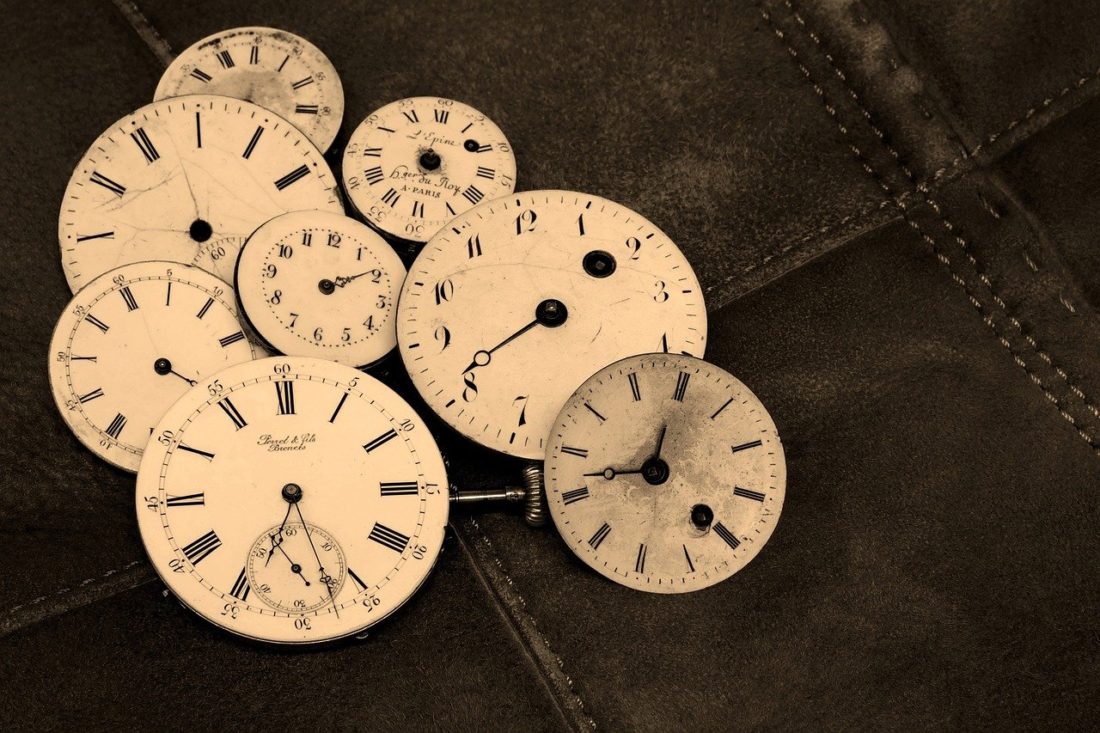Culture moves fast. As a marketer, it can be easy to feel overwhelmed when trying to take advantage of fleeting fads. Fortunately, that’s not your only option. By placing focus on your product and customers, you can create timeless advertisements that flourish outside of a single moment in time.
In this article, we’ll cover some of the benefits of marketing with ‘evergreen’ content. Then we’ll provide three ways to help you create ads that are instant classics. Let’s dive in!
The Benefits of Creating Timeless Ads
Let’s start with a disclaimer: there is nothing inherently wrong with ads based on current events. Trendy marketing can leverage common ground among viewers or strike a relevant chord. Nevertheless, relying on fads too frequently can give your marketing a shelf life.
As such, you may want to consider creating copy that isn’t rooted in a specific time. In addition to longevity, you might also find that timeless ads are more accessible to a less-connected audience. There may even be reduced time pressure if you’re working in an independent context.
Non-trendy marketing materials can also provide a valuable balance to their time-specific counterparts. Fashionable ads can show that you’re connected to the world, while classic ads can emphasize what makes your brand special.
Therefore, it’s important to discover the best mix of these approaches for your brand. For example, if you’re a fast-moving technology company, you might favor current events communications more. While there’s no such thing as a perfect ratio, you may find that your audience responds better to certain strategies, so don’t be afraid to experiment.
3 Ways to Create Timeless Ads in a Fast-Moving World
Now that we’ve discussed the benefits of timeless ads, let’s talk about how to create them. Below are three effective techniques to help you craft a powerful ad without relying on modern events.
1. Appeal to Feelings Instead of Trends
After a concept has left the general imagination, dated ads lose most of their value. Such promotions may be useful down the line for the nostalgia factor, but, in the meantime, they risk seeming out of touch. You might unknowingly be giving your marketing an expiration date.
You can avoid this by tapping into the feelings behind the trend instead. It’s hard to start a cultural meme unless people care about it. Therefore, tailoring your ads to the emotions driving the fads will enable you to take advantage of a social phenomenon without explicitly describing it.
This approach can also increase the amount of time that an ad will be relevant. Consider the following Costa Coffee ad as an example:
To advertise lighter offerings, Costa didn’t directly rely on recent wellness trends. Instead, the company conjured up the pleasant feeling many of us get from making a healthy choice. This strategy may also be more efficient, as it specifically targets feelings that motivate purchases.
Nevertheless, opting for classic ads doesn’t mean you need to fully ignore current events. On the contrary, understanding your audience’s general mood can be critical. We recommend doing some brief research to ensure that even your classic ads still have the right tone for the moment.
2. Lean Toward a Simple Premise
Convoluted stories can be harder to remember. Therefore, they can be just as much of a time-sensitive liability as work that leans on trends. Instead, consider using a simplistic approach for important promotions.
The more details you include in a promotion, the more possibilities there are to date the ad. Eliminating extraneous fluff can reduce this risk.
However, straightforward ads don’t have to be boring. You can consider the classic Coca-Cola polar bear ads as an example:
While the commercials have been updated, the campaign originated in 1922. However, its standard structure doesn’t reveal its age. The plain charm has yet to lose its appeal after nearly 100 years.
An uncomplicated approach can also benefit other areas of marketing. For instance, strategies such as digital storytelling can be made more effective by prioritizing the most straightforward path to the plot.
3. Shift the Focus to Your Brand’s Story
Studies have shown that it takes less than half a second for viewers to form an impression of an advertisement. If your audience begins to associate your brand with outdated references, you may lose their attention in future campaigns.
As such, it’s a good idea to try prioritizing your brand’s story instead of trending topics. A solid brand identity can likely stand the test of time better than a time-sensitive reference. Emphasizing company identity can also create a consistent and memorable style for your promotions.
Let’s use Budweiser as an example. Back in the 1960s and 1970s, Budweiser ran commercials that frequently placed women in the background. The company recently decided to update them:
By refreshing their vintage ads with modern sensibilities, Budweiser projected responsibility. It demonstrated how the brand has evolved. Unlike ads based on current events, the message of a company that cheerfully embraces change is a timeless one.
If you’re not sure how to start developing a distinct identity to build your promotions on, consider working on your brand’s conversational voice first. Informal writing can help you relate more strongly to your audience. Additionally, mastering your voice can help you nail a consistent, brand-centric tone regardless of the ad’s focus.
Conclusion
Cultural trends tend to be fickle. Fortunately, you don’t always have to use them in your marketing. By emphasizing the unique traits of your brand and audience, you can instead create ads that are instant classics.
How do you create ads for a fast-moving world? Let us know in the comments section below!
Image credit: Pixabay.
